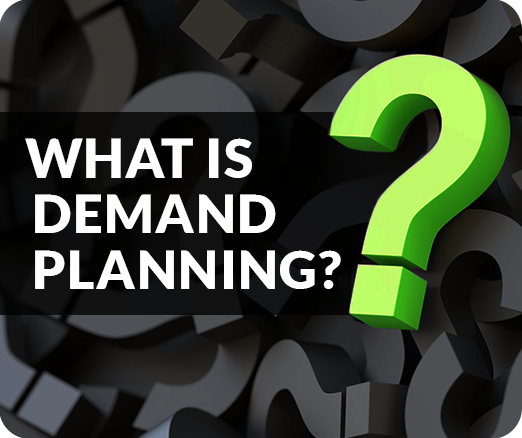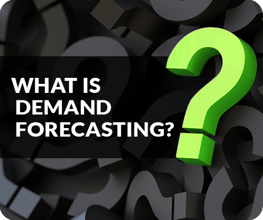
Demand planning is a cross-functional process that uses demand forecasts and product inventory alignment to meet consumer demand more efficiently and effectively. Successful demand planning helps consumer packaged goods (CPG) companies minimize excess inventory, ensure product is available for sale, and better manage supply chain disruptions and unforeseen events.
When used as a continuous process—and not a “one-time thing”—demand planning can improve sales, profitability, consumer satisfaction, and ROI.
Demand Planning vs. Demand Forecasting
In sales and operations planning and supply chain management, “demand planning” and “demand forecasting” are often used synonymously. However, it is essential to note they are two different processes that serve different purposes.
Demand forecasting is a heavily data-focused process of predicting consumer demand for a product(s) during a specific period. Demand planning, though, is a larger supply chain management process that incorporates demand forecasting and leverages its insights as the basis of the overall demand planning process. Along with using demand forecasting as a foundation, demand planning also takes into account a variety of internal and external data, including retail point-of-sale (POS), seasonality data, consumer behavior, and market and economic conditions.
The core elements of demand planning:
- Collection, cleansing, and harmonization of retail POS data and other internal/ERP and external data such as syndicated retail, weather, and demographics data
- Statistical analysis of retail sales, inventory, and other data
- Data modeling to predict future demand
- Collaboration among suppliers, manufacturers, and other stakeholders to gather information on events that could affect demand, such as trade promotions and production delays
Key Stakeholders in Demand Planning
Although you may commonly hear “demand planning” used in conjunction with supply chain management, other business teams play critical roles in this function. Sales teams are vital players in demand planning; they often serve as the “eyes and ears” into the market. They not only supply CPG demand planners with historical POS data, the timing of product price changes, and past growth rates, but they also know about new competitors entering the market and have the “in” with retailers.
Marketing teams can also inform demand planning since they are on top of campaign initiatives, consumer buying behavior, new product launches, and trade promotions. And effective demand planning also relies on input from and collaboration with finance, operations, purchasing, and production departments.
The Future of Demand Planning
As new demand planning technology emerges, the need for data accuracy increases, and so does the speed at which demand planners can make well-informed, precise decisions. Making demand planning an integral part of a company's sales and operational strategies will help it run more efficiently and profitably and improve customer and consumer satisfaction.



